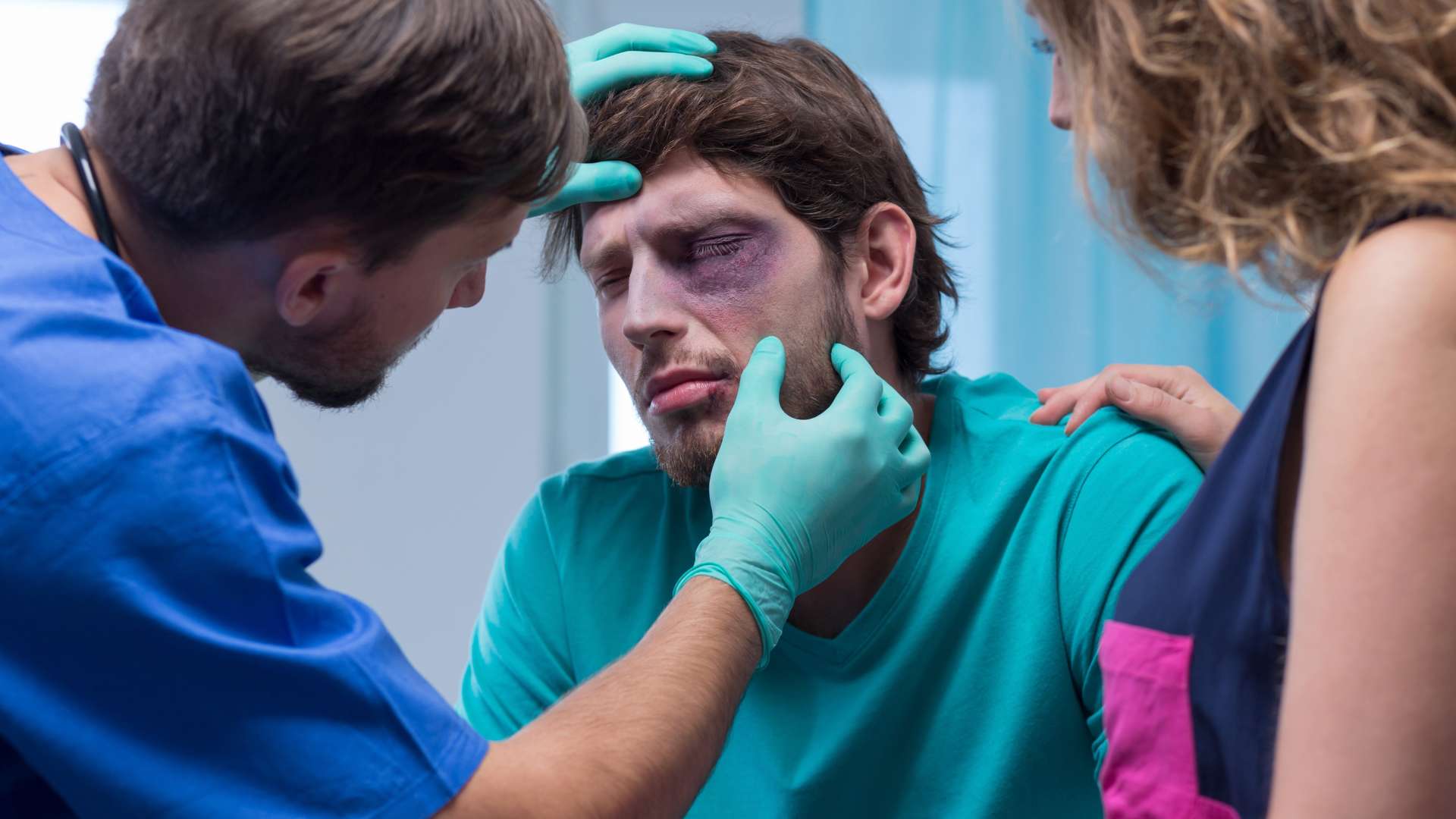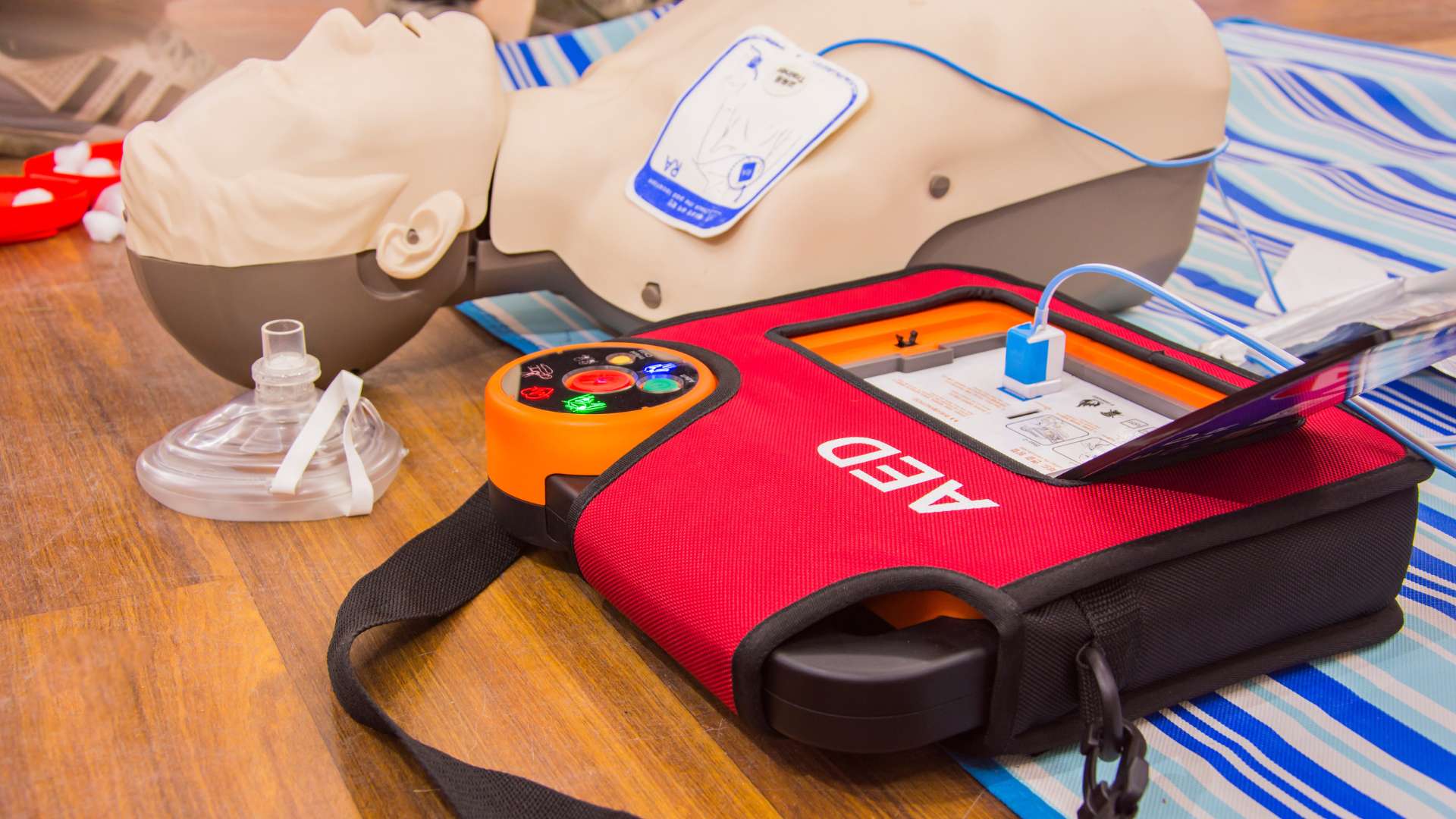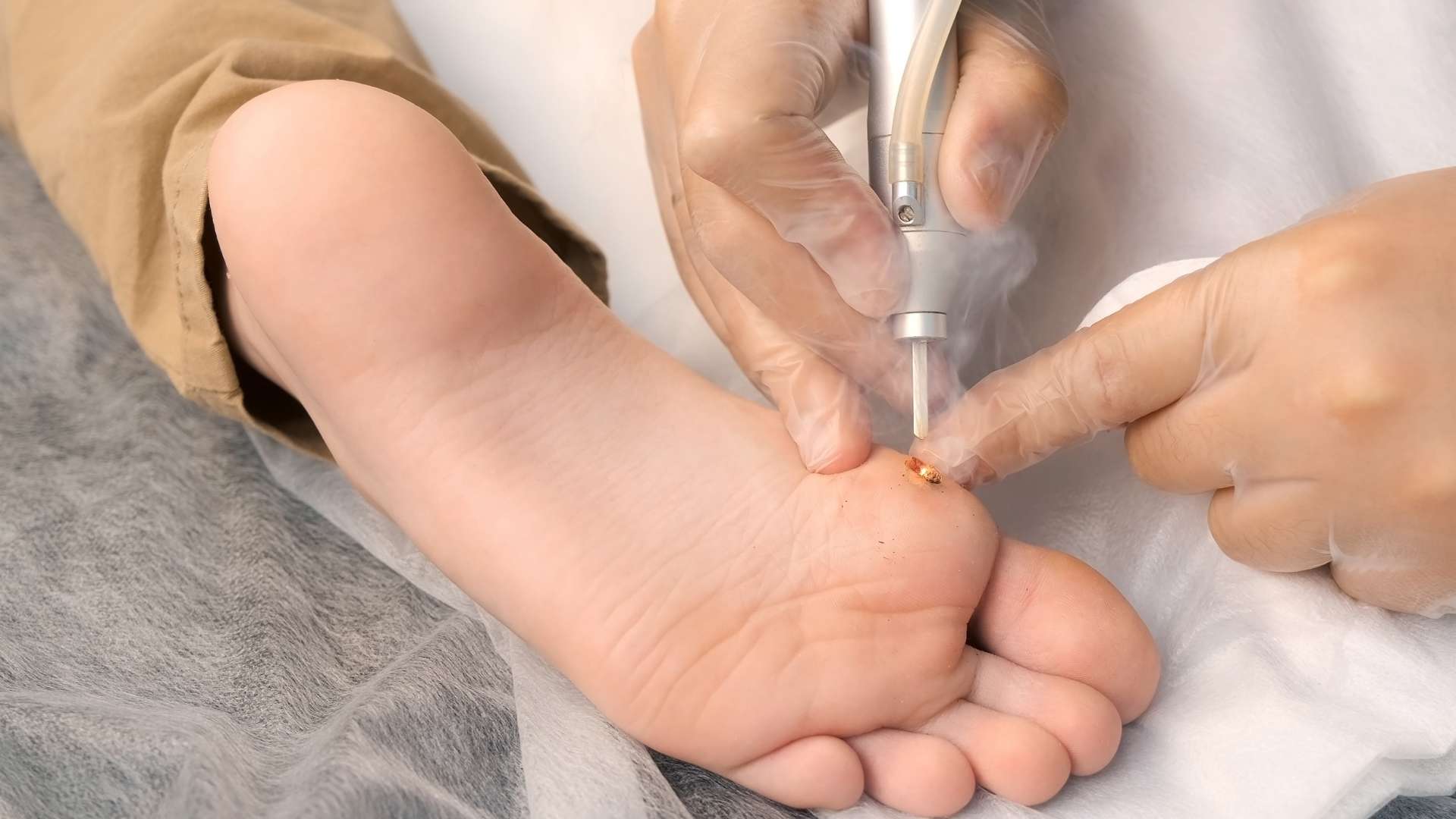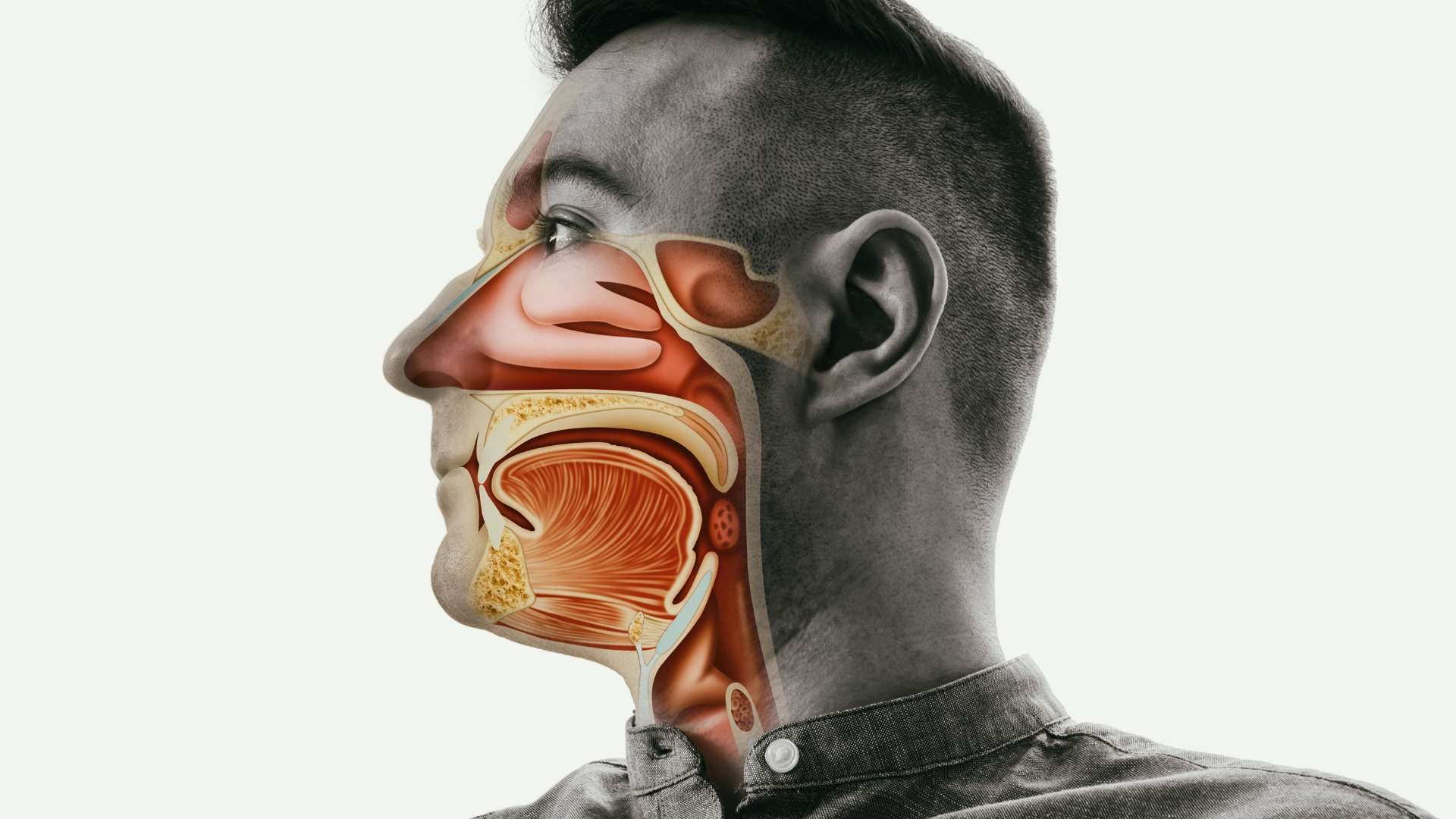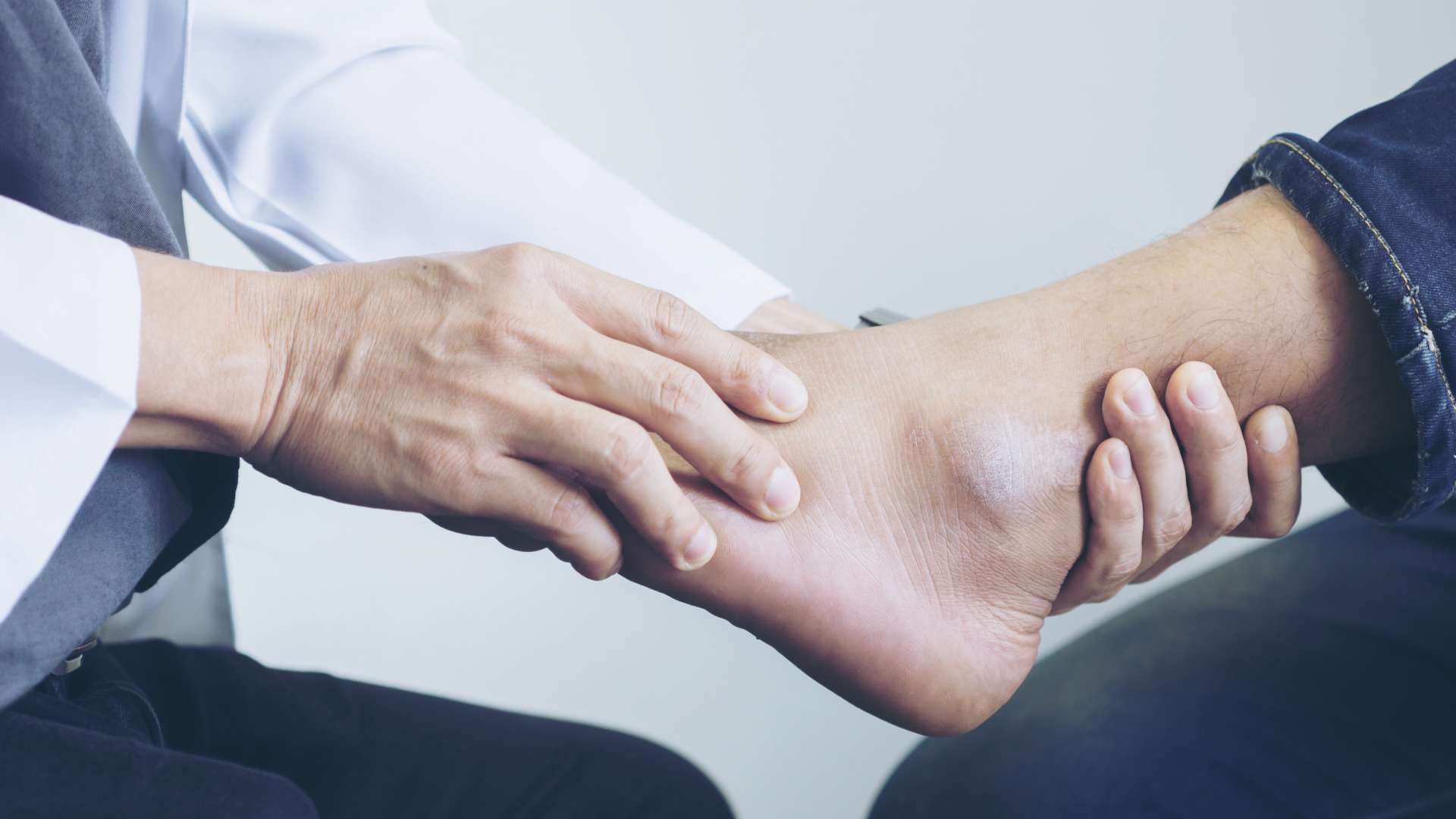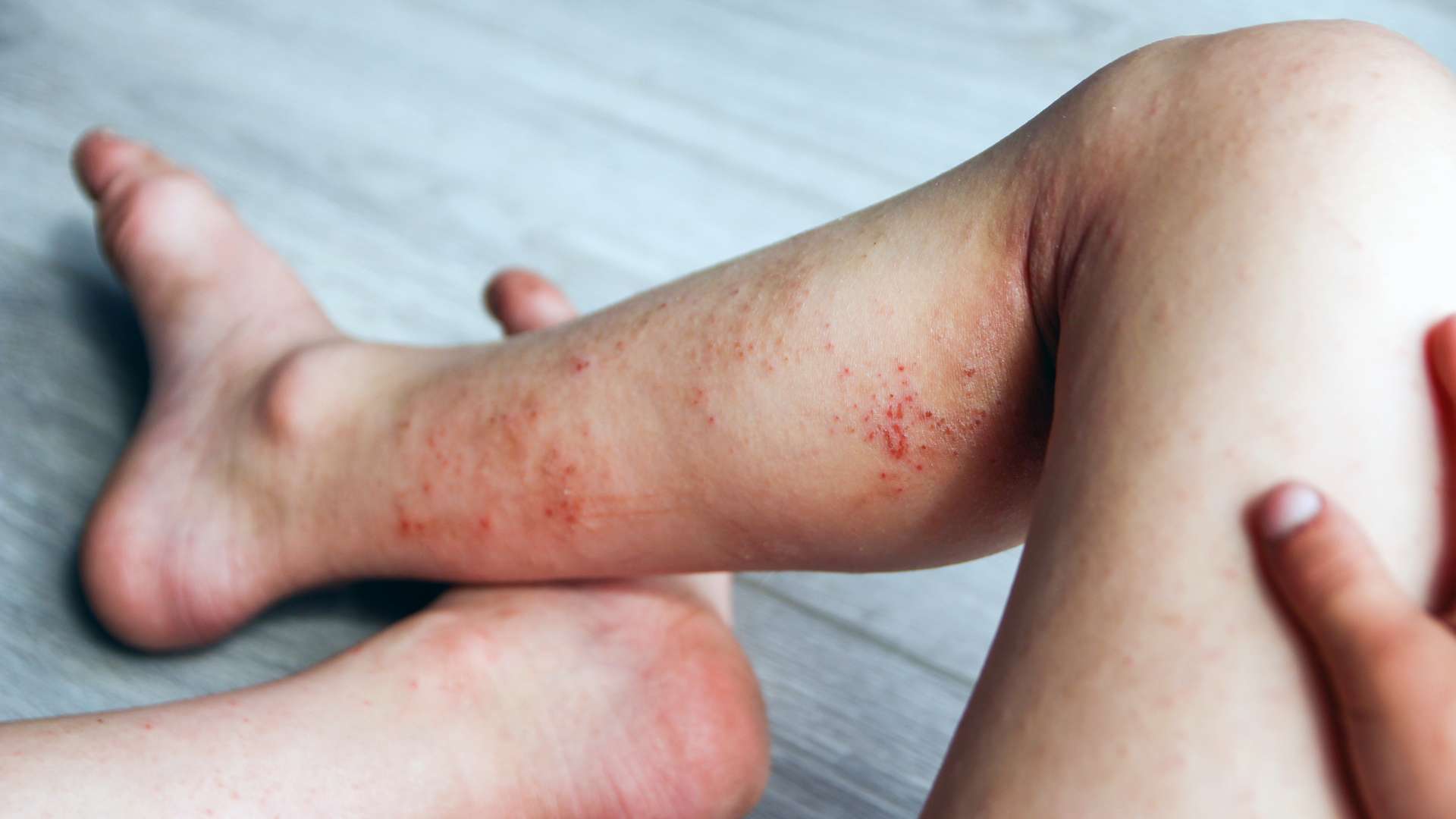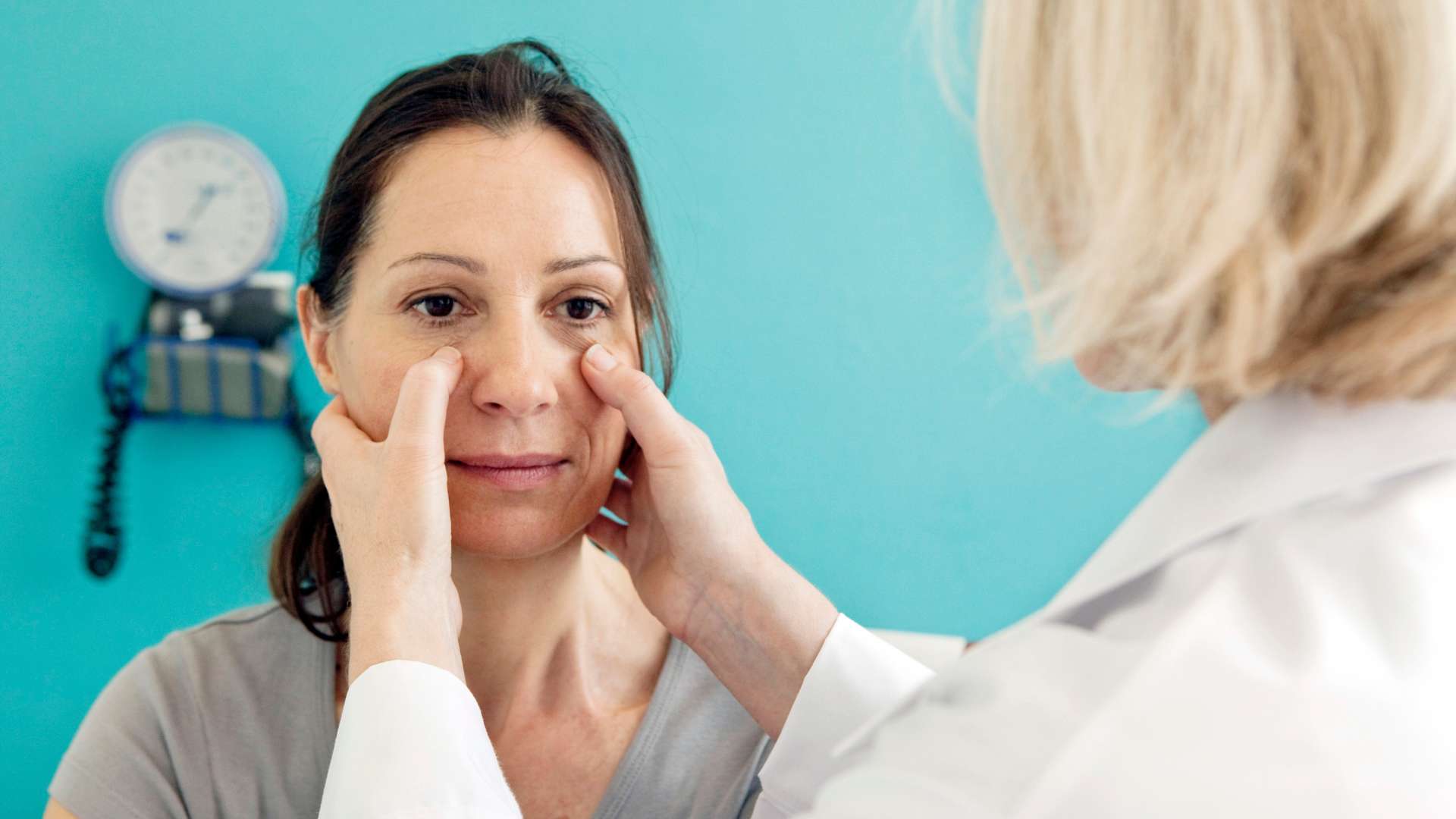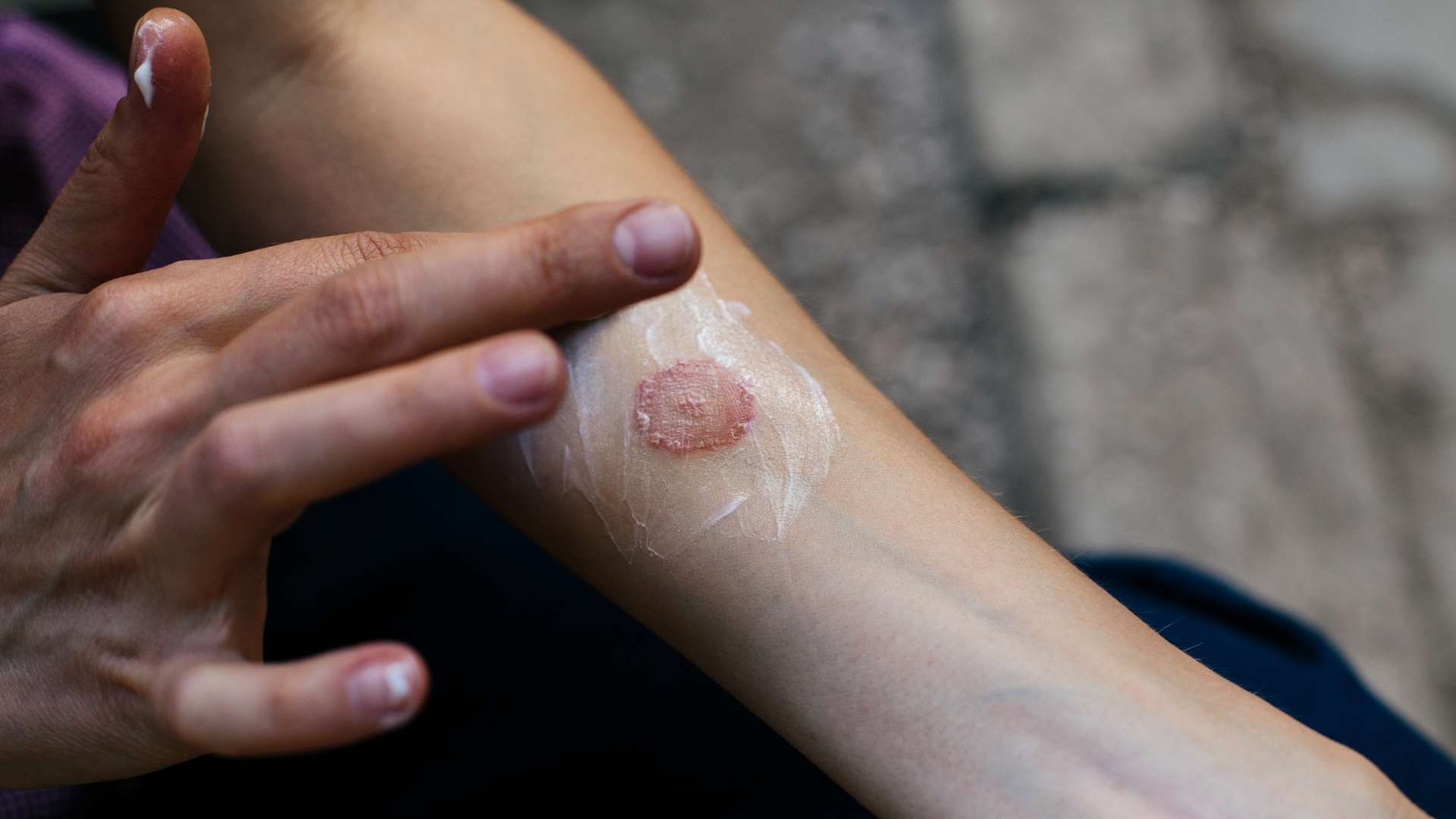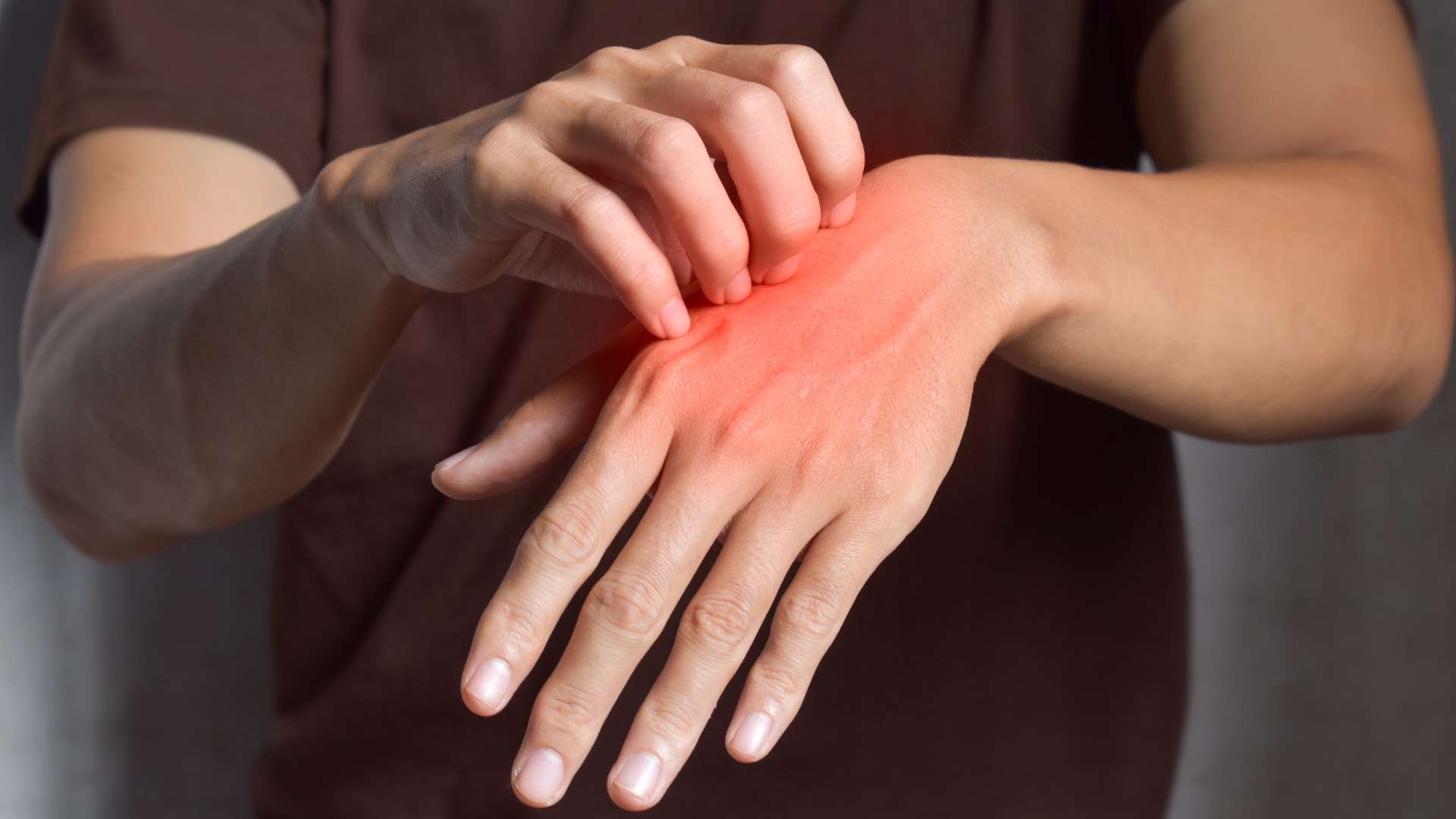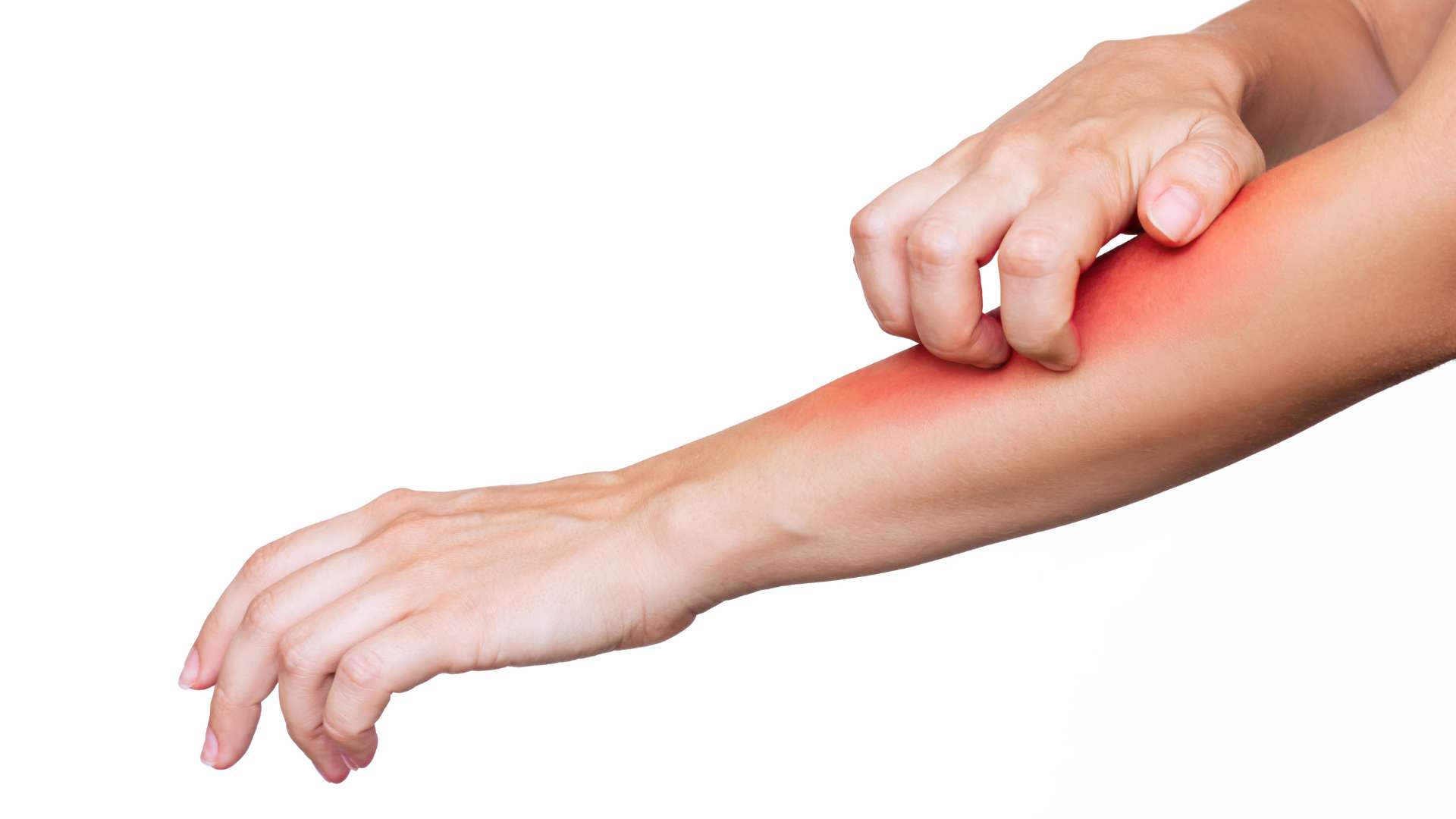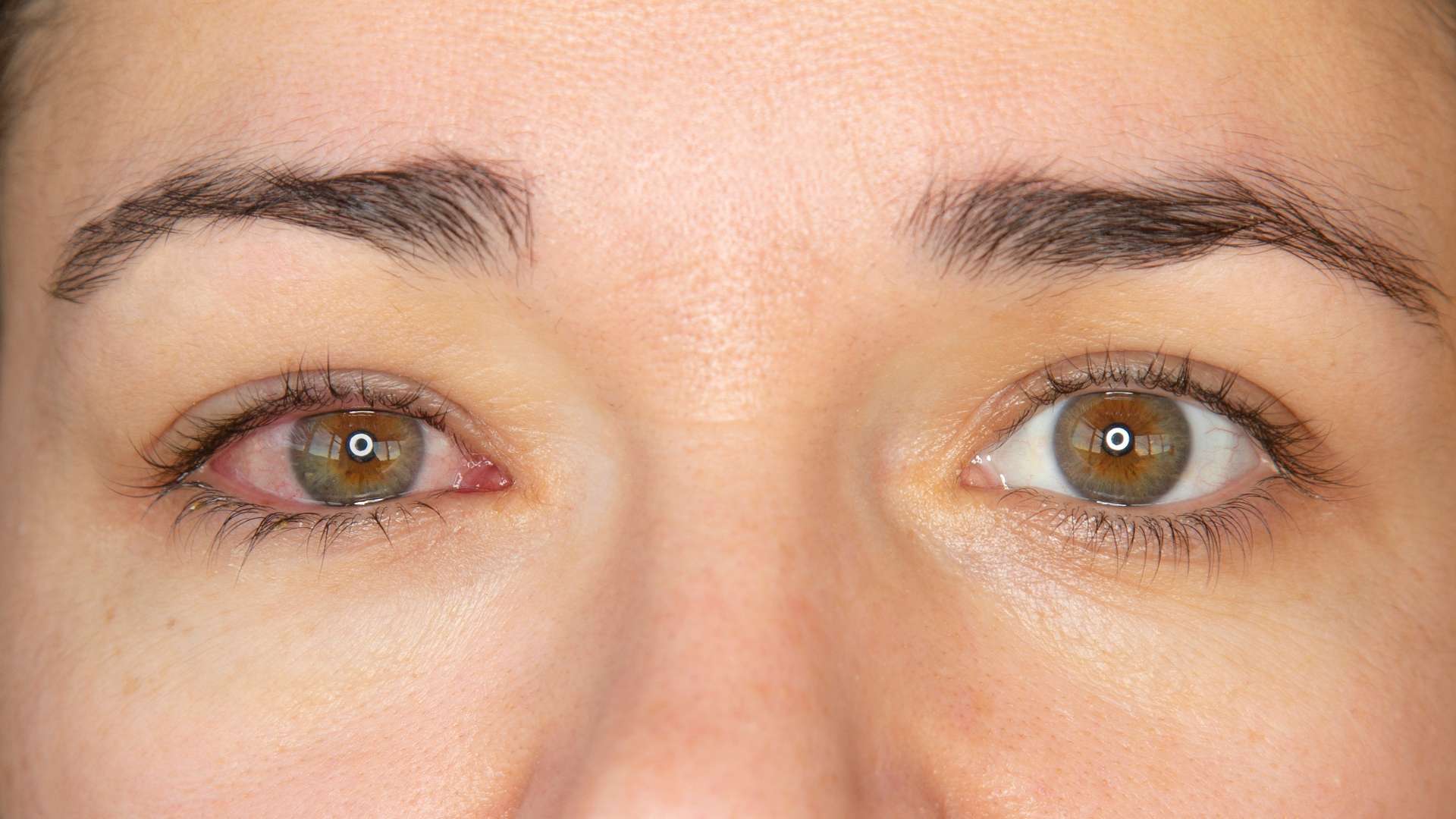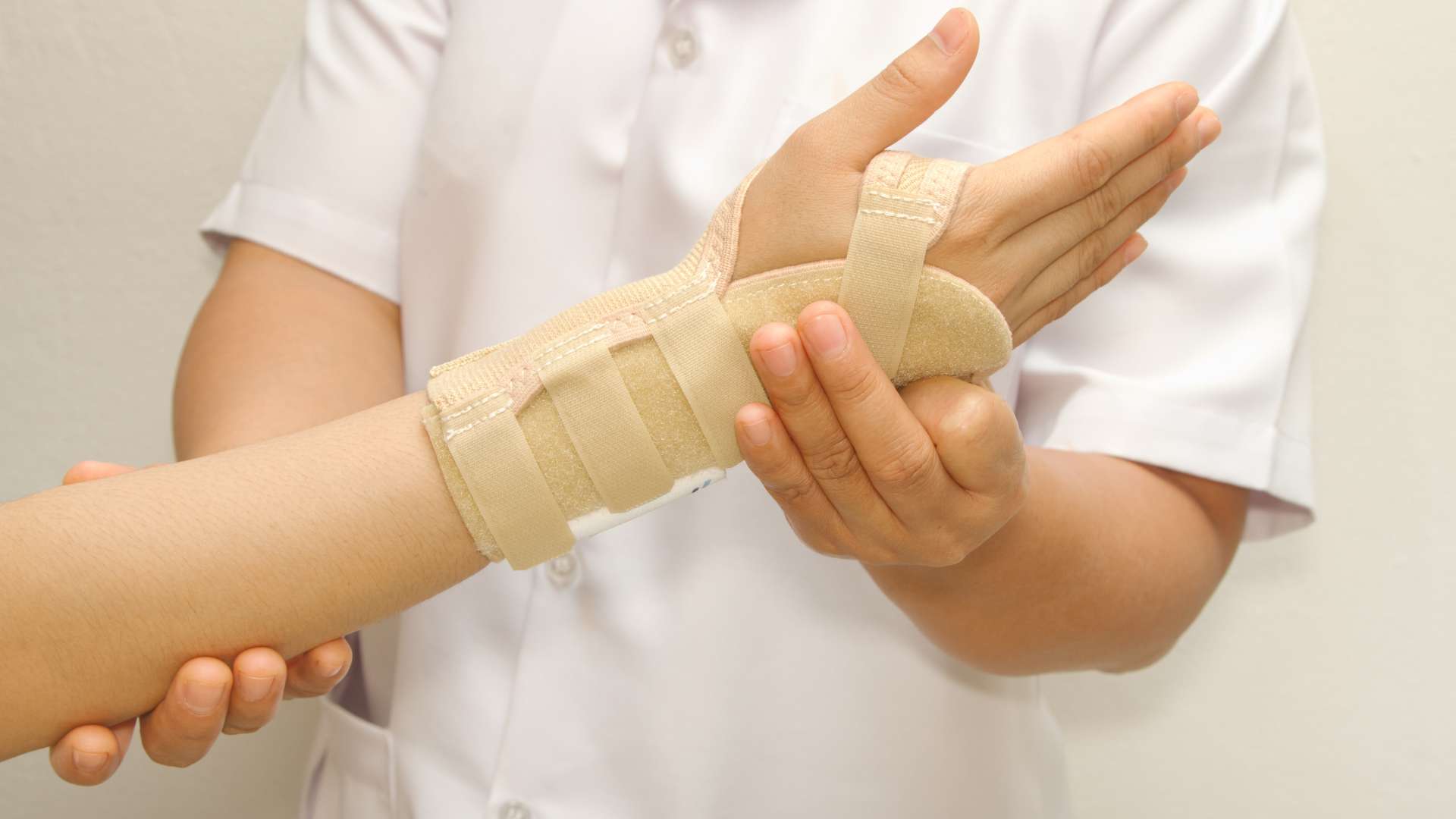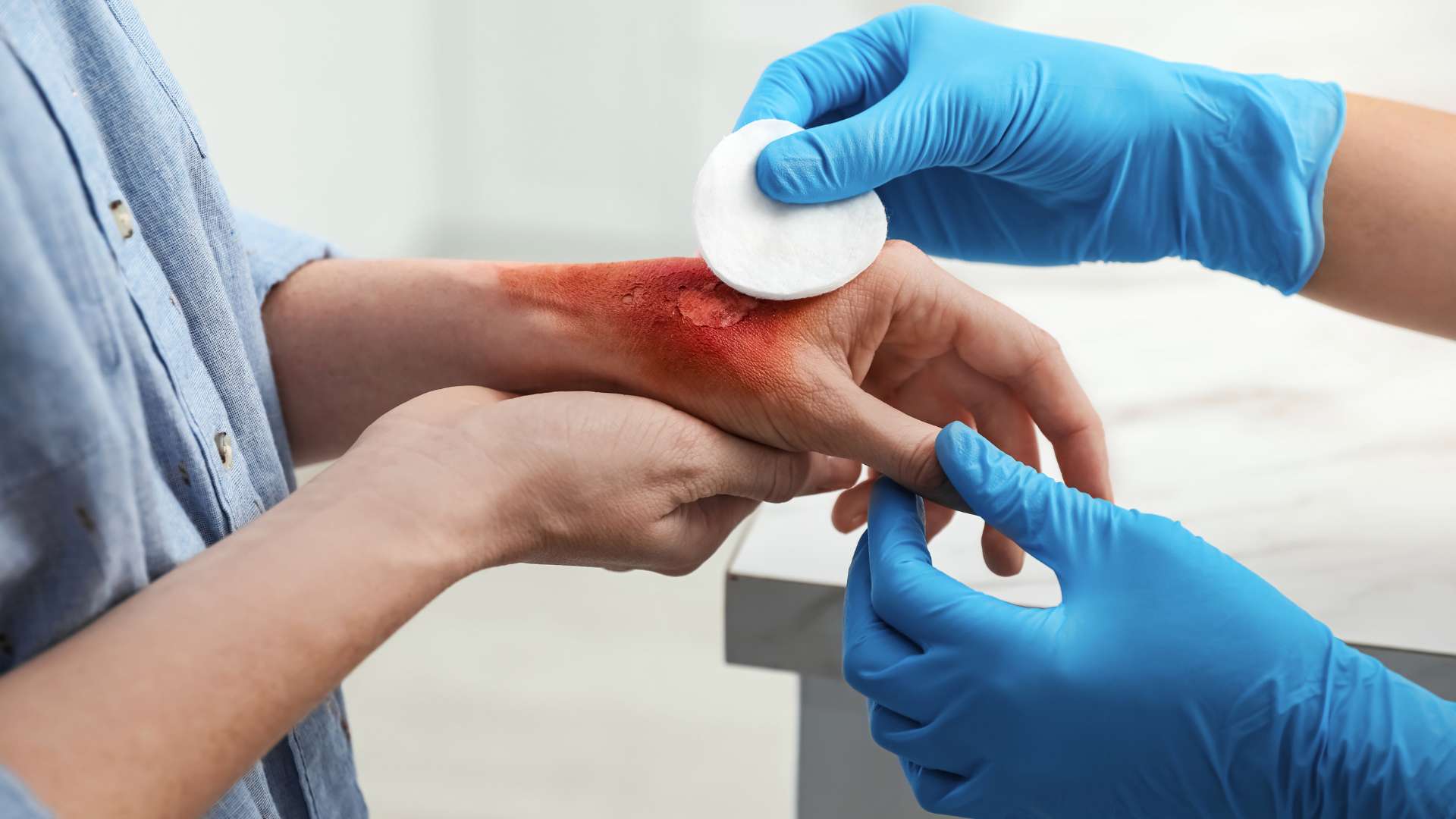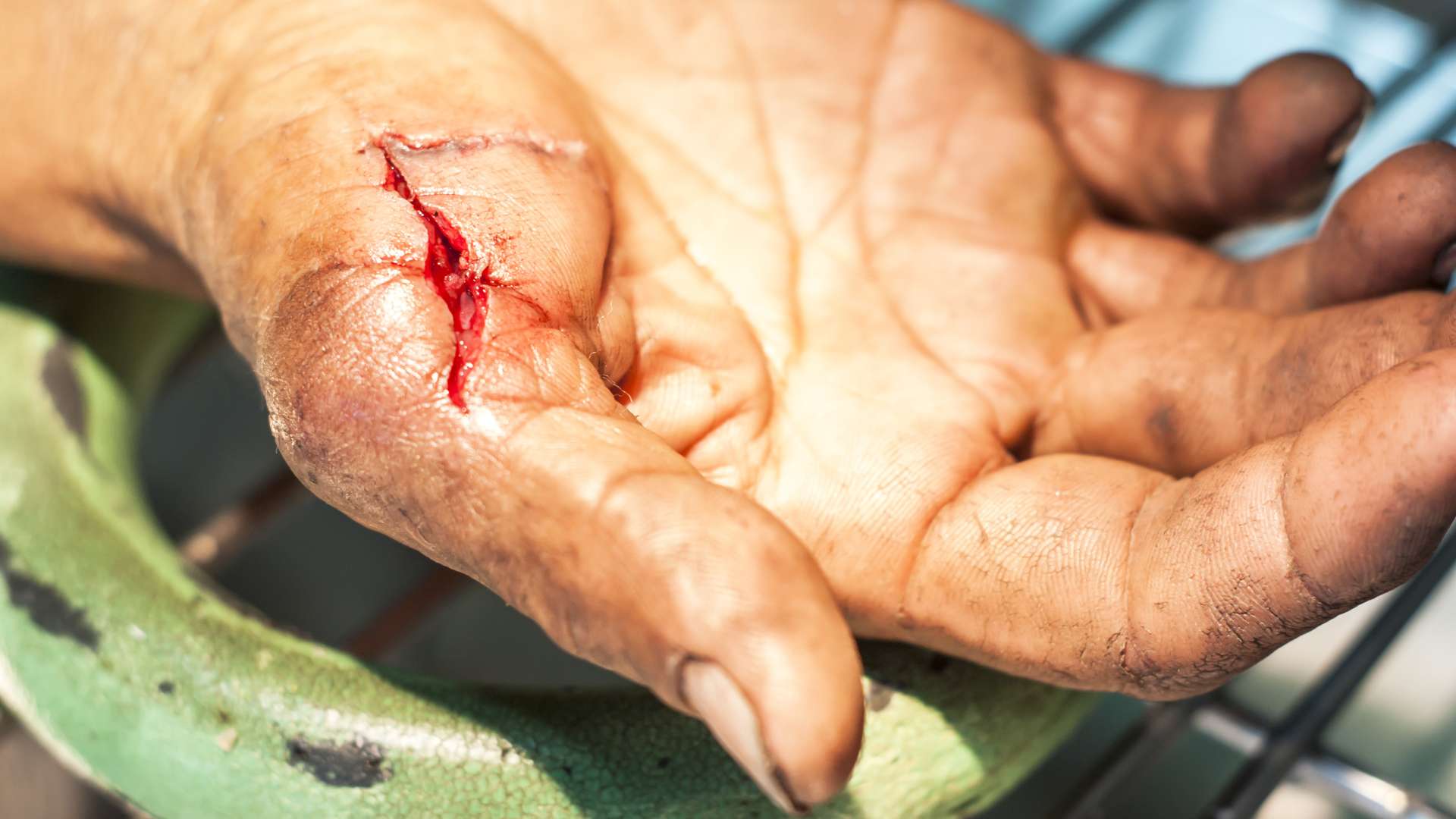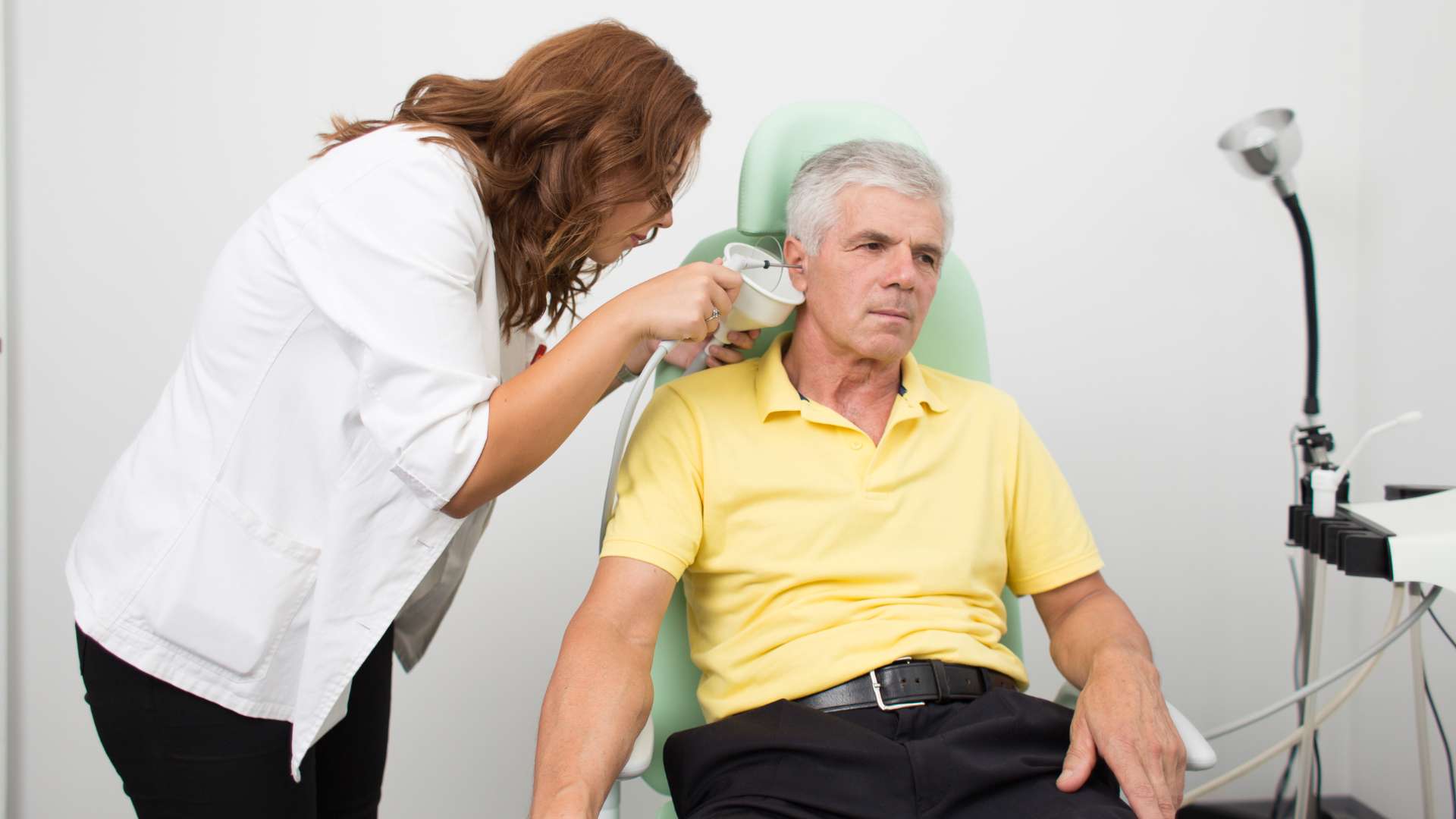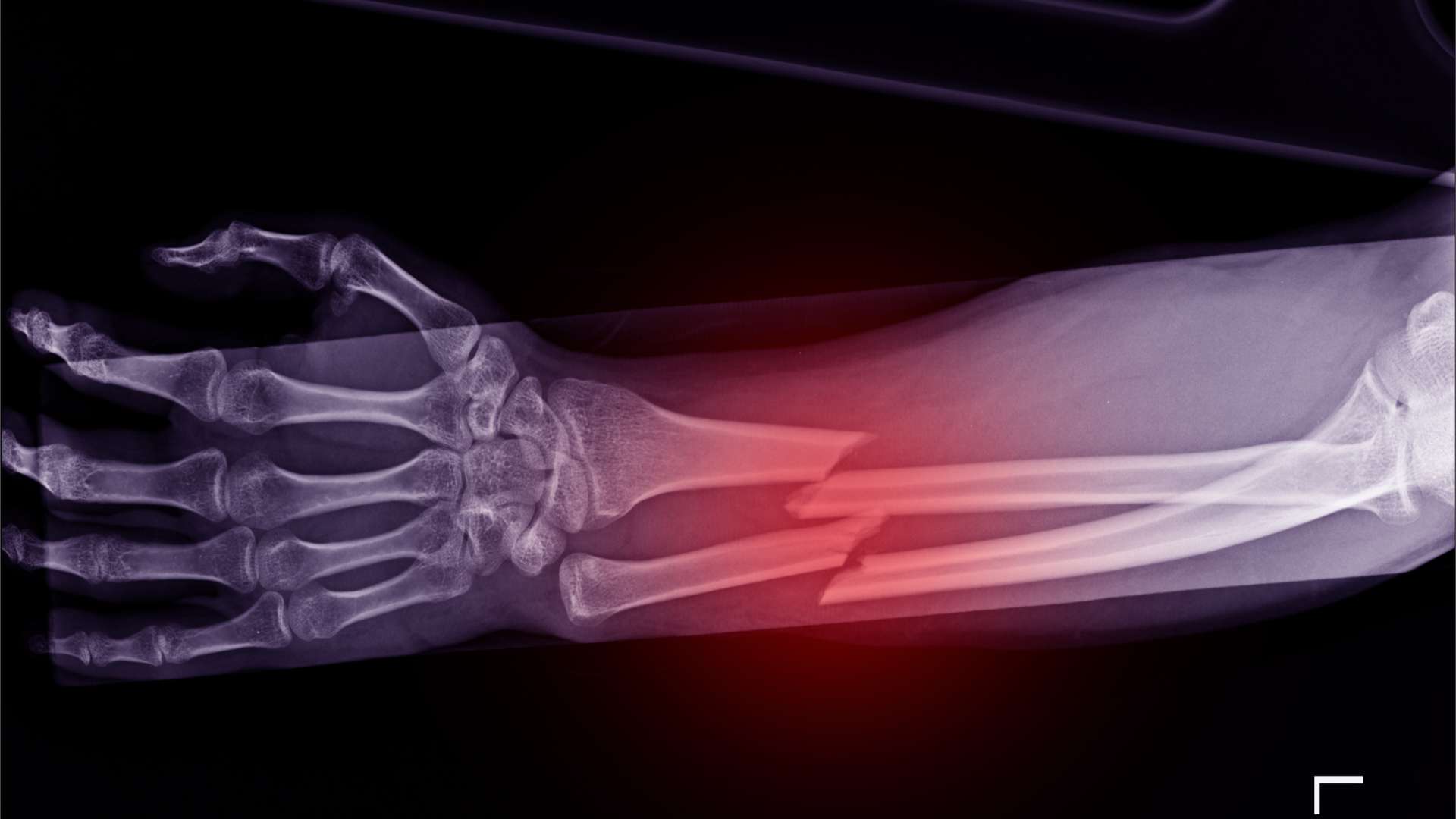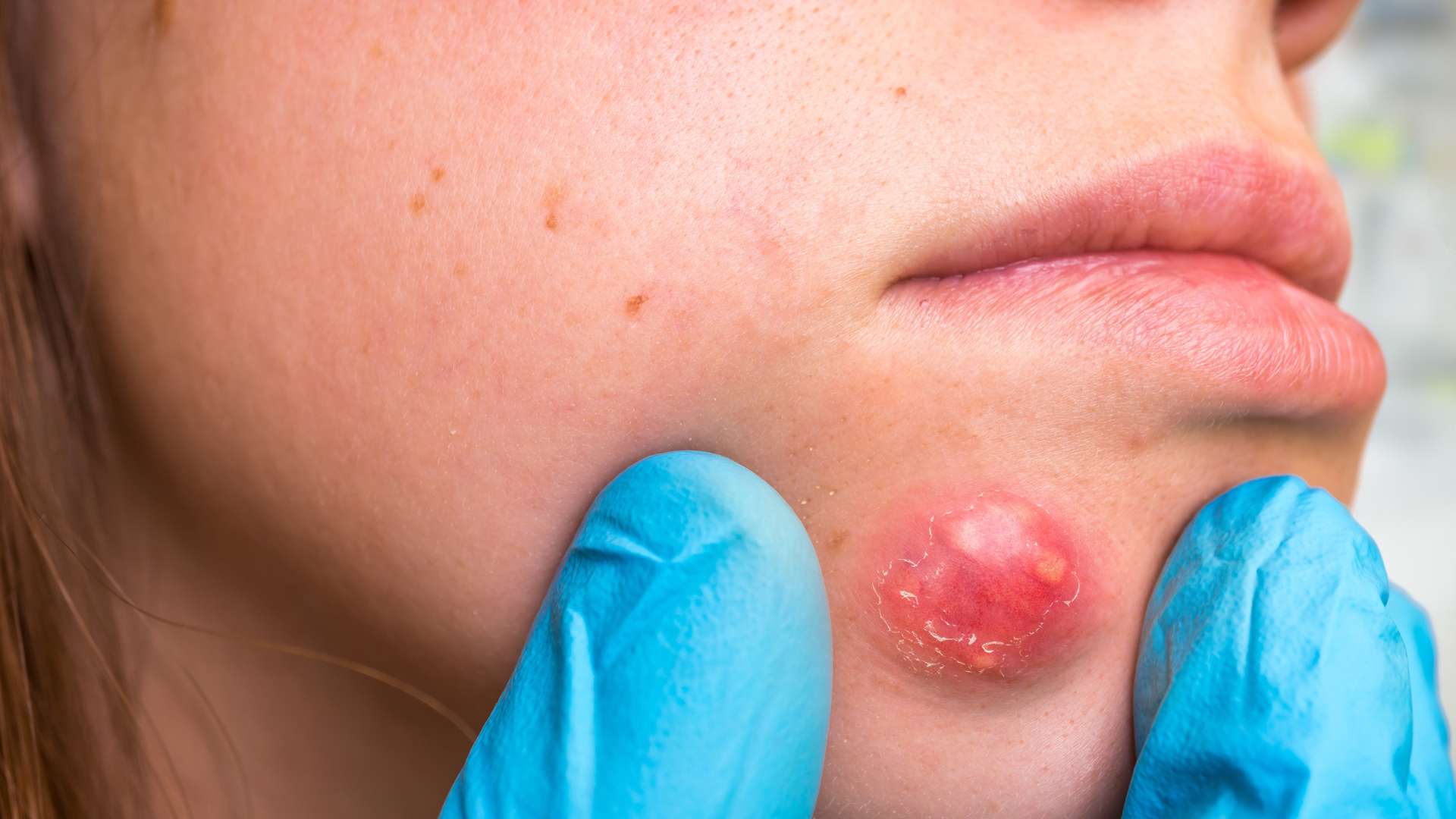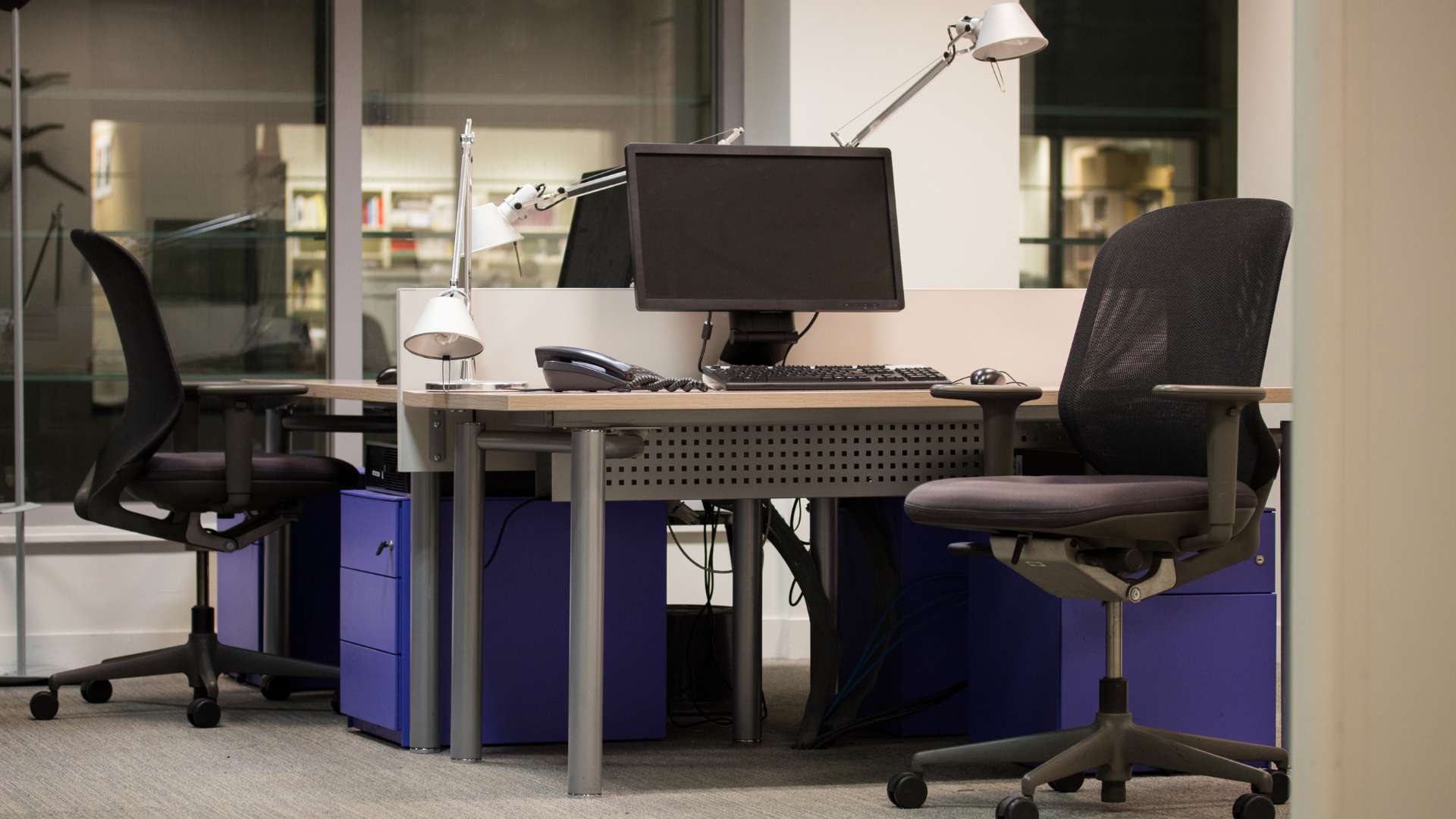An occupational eye injury refers to any damage or trauma to the eye that occurs in the workplace or as a result of work-related activities.
Occupational Causes of Eye Injuries
Workers in various industries may be at risk of experiencing occupational eye injuries due to exposure to specific hazards in their work environment. Some common occupational causes of eye injuries include:
Flying Particles and Debris: Employees in construction, manufacturing, or carpentry may encounter flying particles, debris, or splinters that can injure the eyes.
Chemical Exposure: Workers handling hazardous chemicals or working in laboratories are at risk of eye injuries from chemical splashes.
High-Impact Tasks: Jobs involving high-impact activities, such as welding, grinding, or using power tools, can pose eye risks.
Ultraviolet (UV) Radiation: Outdoor workers, like those in agriculture or construction, may be exposed to harmful UV radiation from the sun.
Preventing Occupational Eye Injuries
Proper training and preventive measures are essential in reducing the risk of occupational eye injuries. Occupational Health Services can assist in implementing preventive strategies, including:
Workplace Assessments: We conduct thorough assessments to identify potential eye hazards in the work environment.
Personal Protective Equipment (PPE): We guide selecting and using appropriate eye protection, such as safety goggles or face shields.
Safety Training: We offer comprehensive training programs to educate employees about eye injury risks and safe work practices.
Engineering Controls: We work with employers to implement engineering controls that reduce the risk of eye injuries, such as machine guards or barriers.
Caring for an Eye Injury Before Medical First Responders Arrive
In the event of an eye injury, prompt and proper care is crucial. Before medical first responders arrive, you can take the following steps:
Avoid Rubbing: Do not rub the injured eye, which may cause further damage.
Rinse Gently: If a foreign object is in the eye, rinse it gently with clean water to flush out the debris. Do not try to remove the object with anything other than water.
Cover the Eye: If possible, cover the injured eye with a clean, sterile dressing or a paper cup to protect it from further harm.
Avoid Applying Pressure: Do not apply pressure to the eye or attempt to treat the injury yourself unless you have appropriate medical training.
Supporting Employees with Long-Term Effects of Occupational Eye Injuries
For employees dealing with the long-term effects of an occupational eye injury, Occupational Health Services can provide support and assistance, including:
Medical Consultations: We offer specialized medical consultations to effectively evaluate and manage eye injury complications.
Workplace Accommodations: We collaborate with employers to make necessary workplace accommodations that cater to the needs of employees with visual impairments.
Vision Rehabilitation: We provide resources and support for vision rehabilitation to help employees adapt to their new visual abilities.
Prioritize Eye Health with Occupational Health Services
Let Occupational Health Services be your partner in creating a work environment that prioritizes eye safety and protection. Contact us today to learn more about our eye health and safety programs and how we can help you and your employees see a brighter future.

